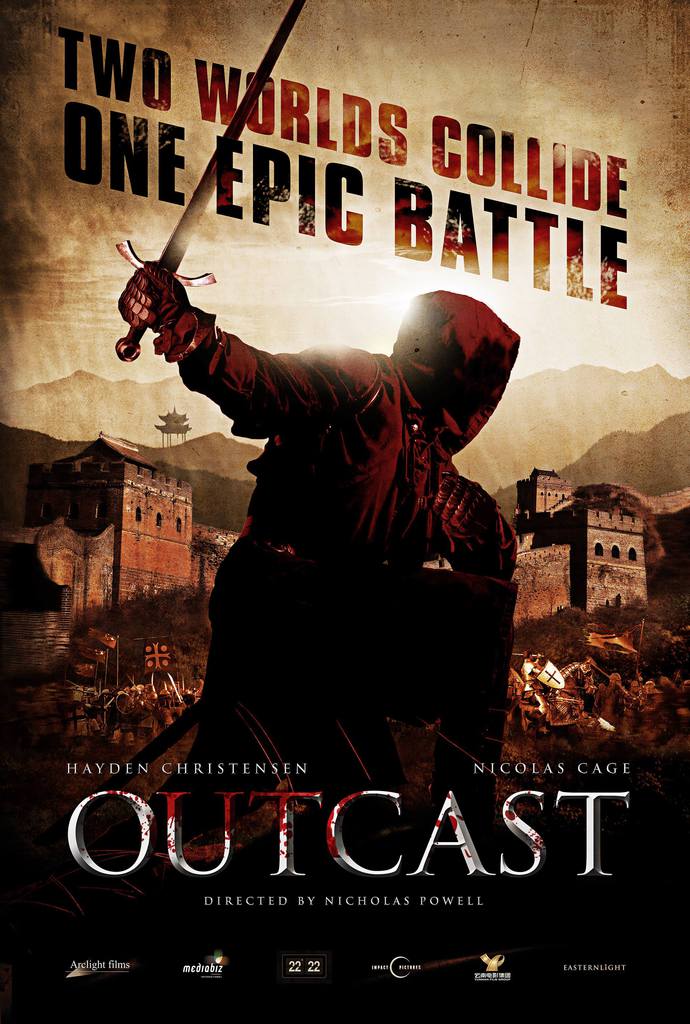Daily 30: Sat 11.22.2014
Breaking News!
3mo
3mo
3mo
3mo
3mo
A Starbury is (Re)Born in China
3mo
8mo
'01 Classic
7mo
T.G.O.D.
3mo
The Rap Monument
3mo
3mo
3mo
3mo
4mo
Happy Birthday
3mo
3mo
4mo
18 777 Rihanna
5mo
8mo
3mo
3mo
Wale & Jerry Seinfeld
3mo
Legendary Producer!
3mo
3mo
3mo
5mo
4mo
Mad Max Is Back!
7mo
7mo


































